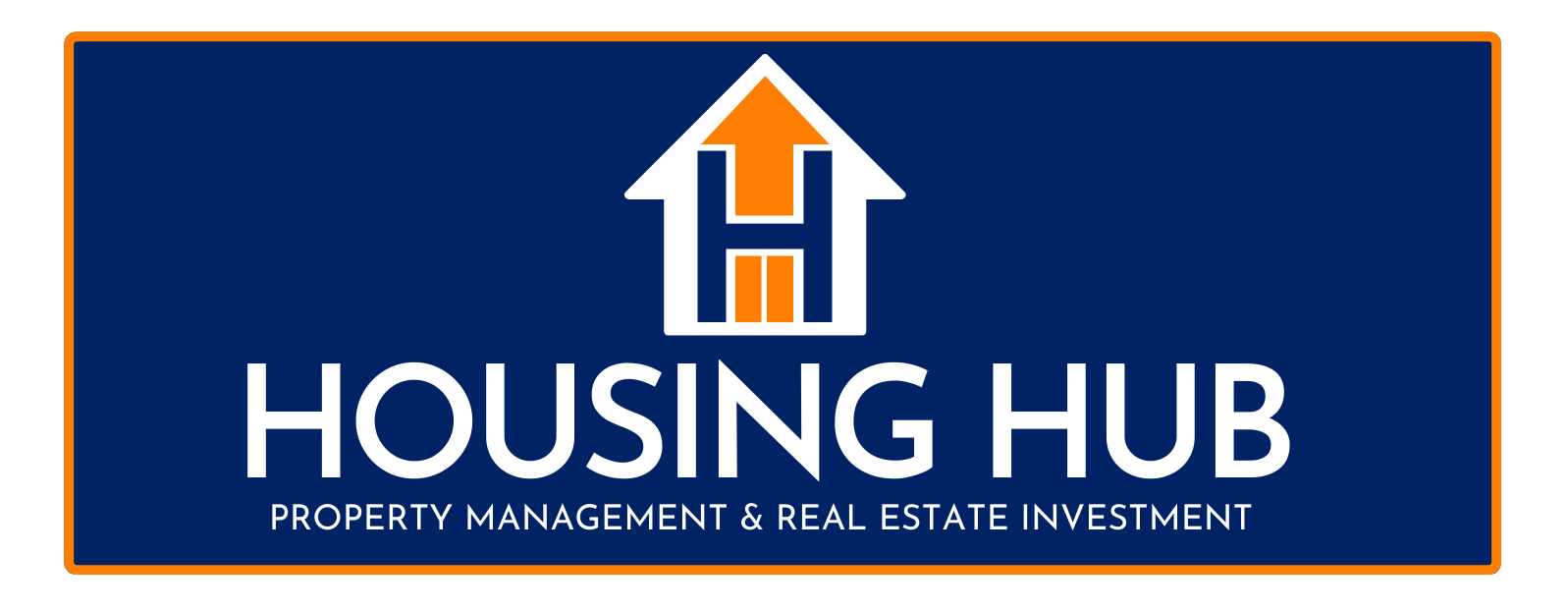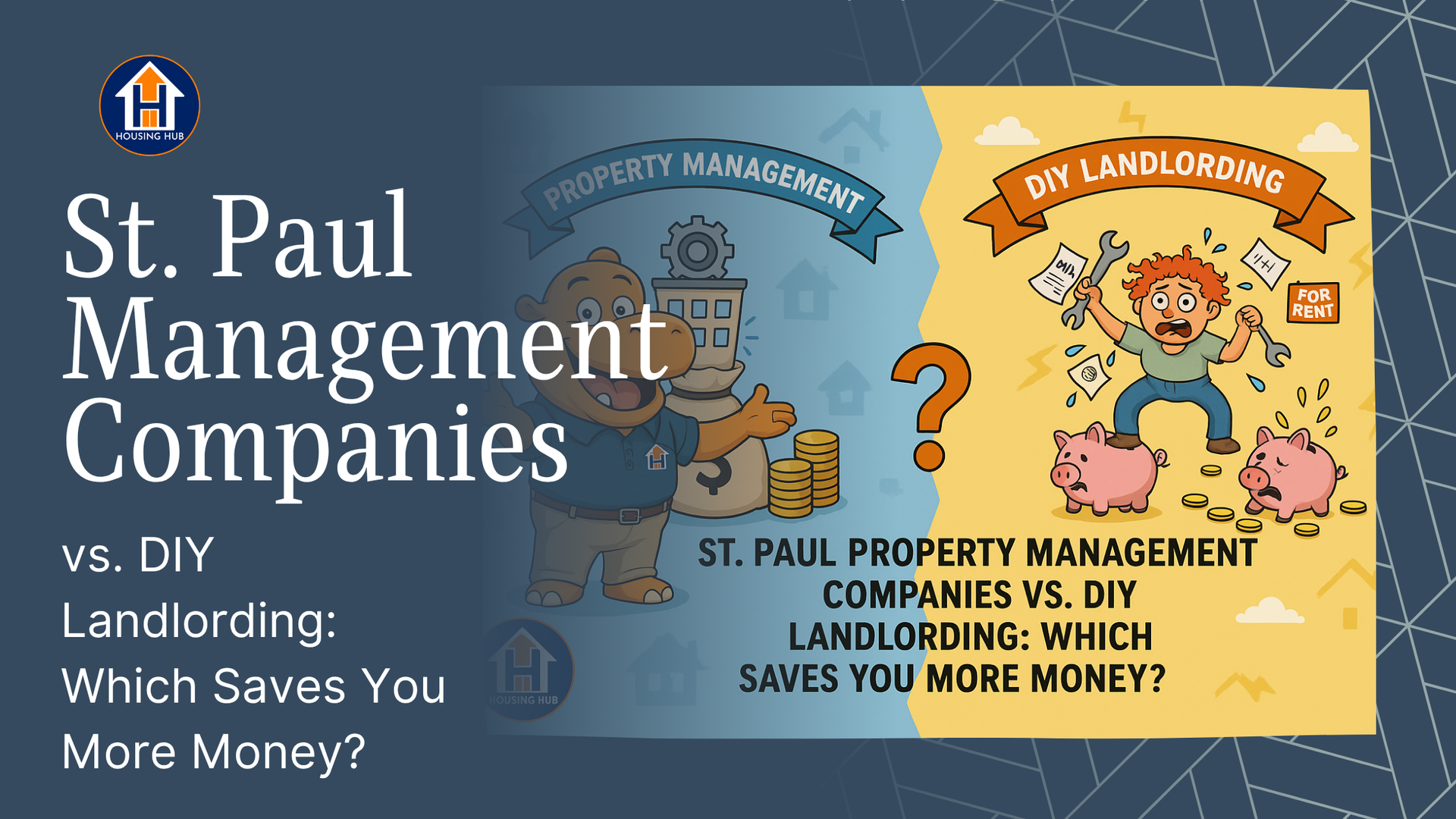What You Need to Know About Lease Agreements in Minnesota
Navigating lease agreements in Minnesota can be crucial for both renters and property owners. A clear understanding of these contracts helps ensure a smooth rental experience. Whether you're a tenant looking for your next home or a landlord managing several properties, knowing what makes up a lease agreement is essential.
Lease agreements define the terms of renting and clarify the expectations for both parties involved. From setting the rent amount to outlining the rights and responsibilities of everyone involved, these documents are important in maintaining a healthy landlord-tenant relationship. Being informed helps avoid misunderstandings and protect all parties' interests.
In Minnesota, specific laws and regulations impact how lease agreements are structured. Understanding these requirements reduces the risk of disputes and ensures compliance with state laws. Taking the time to familiarize yourself with these components will provide a solid foundation for a successful rental partnership.
Key Components of a Minnesota Lease Agreement
Understanding the key components of a Minnesota lease agreement is vital for tenants and landlords. Each lease includes several essential terms that outline the rental relationship. One of the most important terms is the lease duration, which specifies the length of the rental period. It can be month-to-month or a fixed-term lease, usually for a year.
Next is the rent amount, which clearly states how much the tenant will pay each month. The payment schedule should outline when rent is due and how payments are made, whether by check, bank transfer, or another method agreed upon by both parties.
Understanding the rights and responsibilities of tenants and landlords is another essential part of the lease. Tenants must usually pay the rent on time, maintain the property in good condition, and notify the landlord of any needed repairs. Landlords must provide a safe and habitable living environment and address maintenance requests promptly.
These key components lay the foundation for a clear relationship between both parties, minimizing potential conflicts and ensuring both sides understand their commitments under the lease terms.
Common Clauses and Legal Requirements
A Minnesota lease agreement often includes various clauses that specify additional terms beyond the basic components. One common clause covers security deposits. The lease should state how much the security deposit is, how it will be used, and under what conditions it will be returned to the tenant.
Maintenance responsibilities are also crucial. The lease should outline who is responsible for property maintenance and repairs. While tenants may be responsible for basic upkeep, landlords usually handle major repairs to ensure the dwelling remains habitable.
Property rules are another essential part of the lease. This can include guidelines on noise levels, pet policies, and waste disposal. These rules help maintain order and ensure a pleasant environment for everyone on the property.
In addition to specific clauses, several state laws and regulations must be included in Minnesota lease agreements. This includes health and safety standards and tenants' rights to privacy. Understanding these legal requirements helps ensure the lease complies with state laws and protects both parties' interests.
Together, common clauses and legal requirements shape lease agreements that are fair, clear, and compliant with Minnesota's housing laws.
Understanding Lease Renewals and Terminations
Navigating lease renewals and terminations is an essential aspect of managing a rental agreement. When a lease term nears its end, tenants and landlords face decisions about the next steps. Renewing a lease usually provides stability and continuity. Both parties can agree to extend the lease under the same terms or negotiate new ones. This process often involves issuing a written notice of renewal and signing a new lease document.
For those seeking flexibility, transitioning to a month-to-month tenancy is another option. In this arrangement, the agreement automatically renews each month unless either party provides adequate notice to terminate. This setup can be convenient but may also come with the risk of sudden termination.
When it comes to ending a lease, specific steps and notice requirements are essential. Both parties must adhere to the lease's outlined notice periods, typically 30 to 60 days, depending on the agreement and local laws. Proper notices should be in writing, clearly stating the intent to vacate or terminate and ensuring it's delivered in a timely manner.
Navigating Disputes and Modifications
Handling disputes and modifications in a lease agreement requires clear communication and understanding between tenants and landlords. Common disputes may arise around issues like maintenance delays or disagreements over security deposit returns. Resolving disputes amicably often involves open dialogue, reviewing the lease terms, and finding a mutual agreement. Mediation services can also assist in resolving more complex disputes without resorting to legal action.
Lease modifications may become necessary to address changing circumstances. Whether it's adjusting rent payments, allowing for a pet, or altering specific property rules, both parties must consent to the changes. The modifications should be documented in writing and attached to the existing lease agreement, ensuring clarity and legality.
Having an open line of communication, understanding lease terms, and knowing when to seek outside help can make dispute resolution more straightforward and prevent future conflicts.
Conclusion
Grasping the intricacies of lease agreements in Minnesota empowers tenants and landlords alike. From understanding core components to handling renewals, terminations, disputes, and modifications, these agreements form the backbone of a healthy rental relationship. Staying informed about legal requirements and common clauses ensures compliance and helps both parties avoid unnecessary conflicts.
As you navigate these challenges, the right knowledge allows for a successful and positive rental experience. Housing Hub is here to help you manage and understand lease agreements. Whether you're leasing your first apartment or managing a property portfolio, we offer professional residential property management in St. Paul to make the process seamless. Contact us today.






